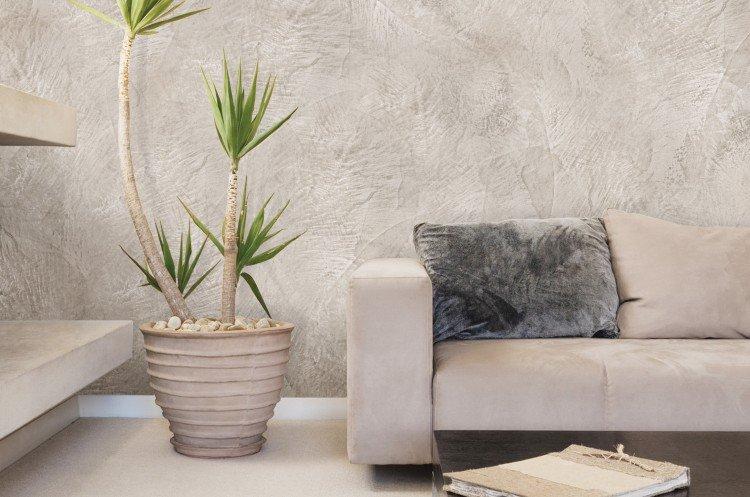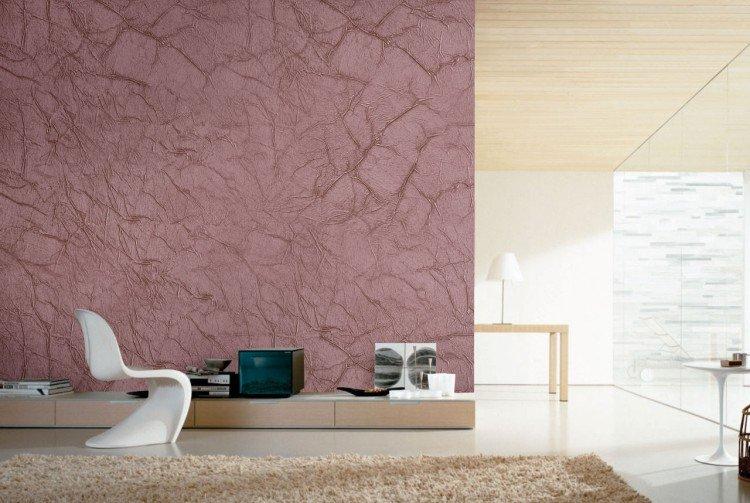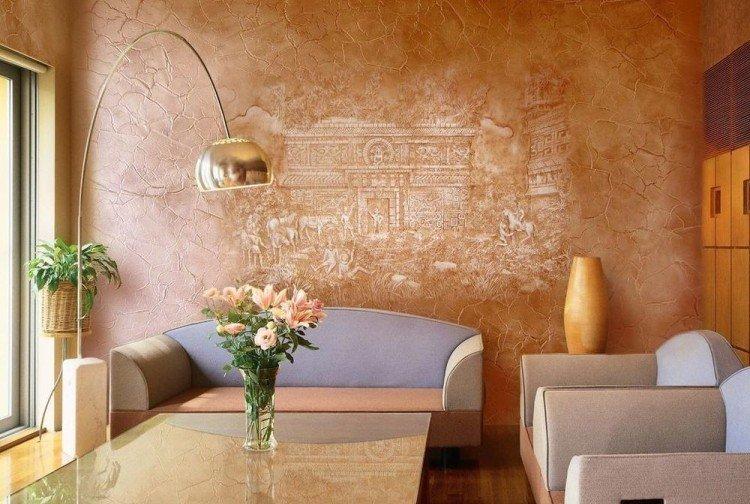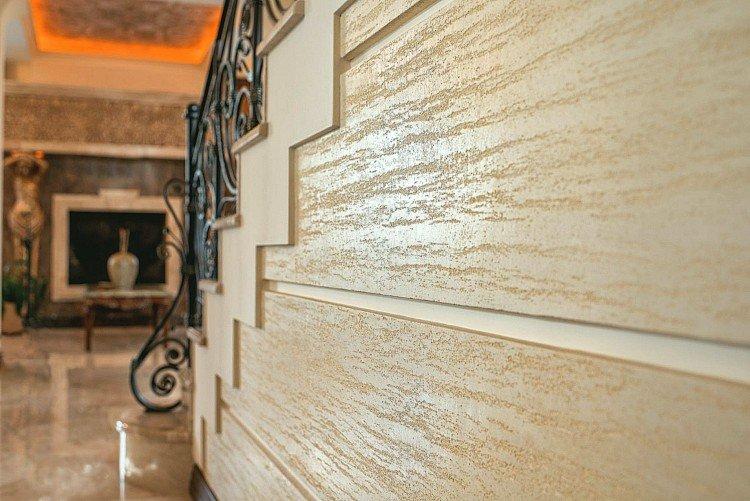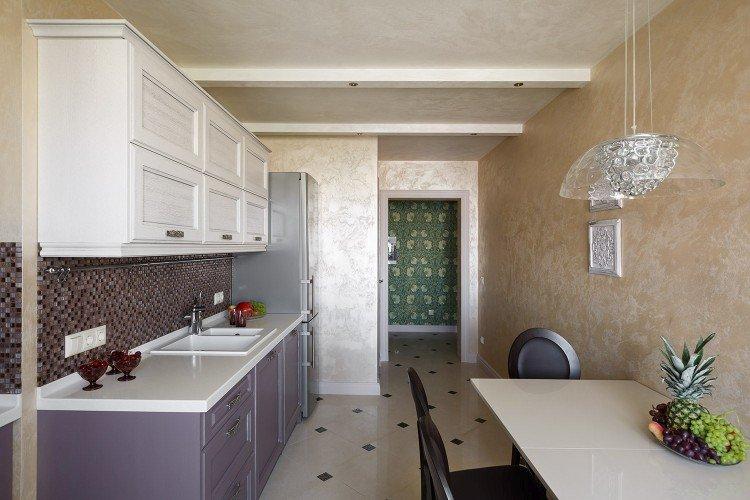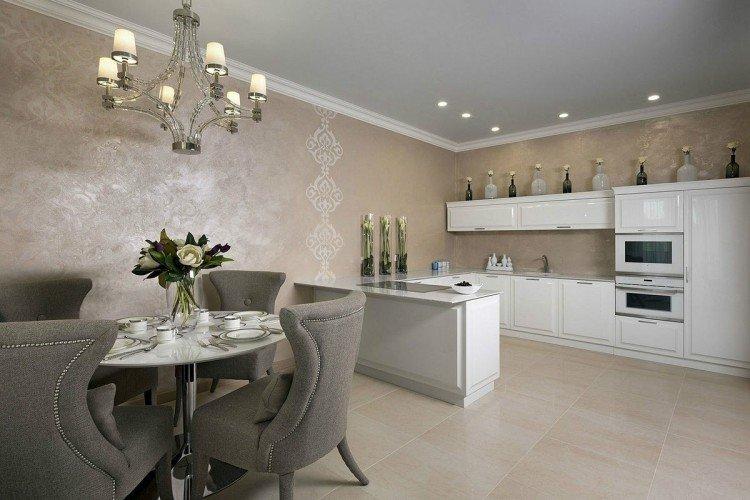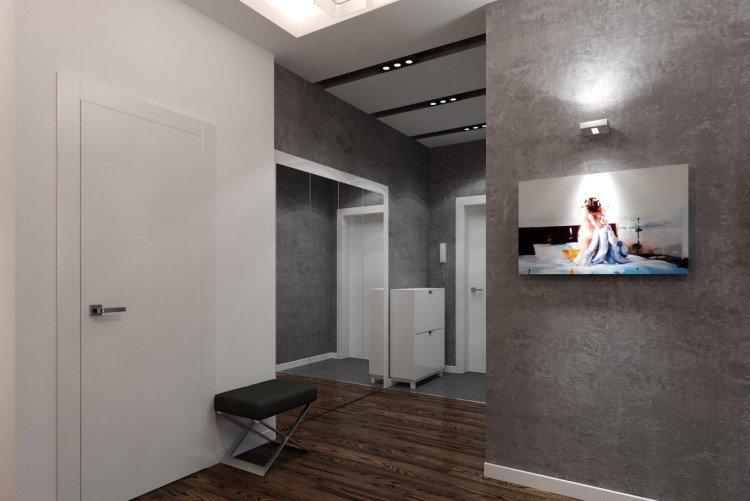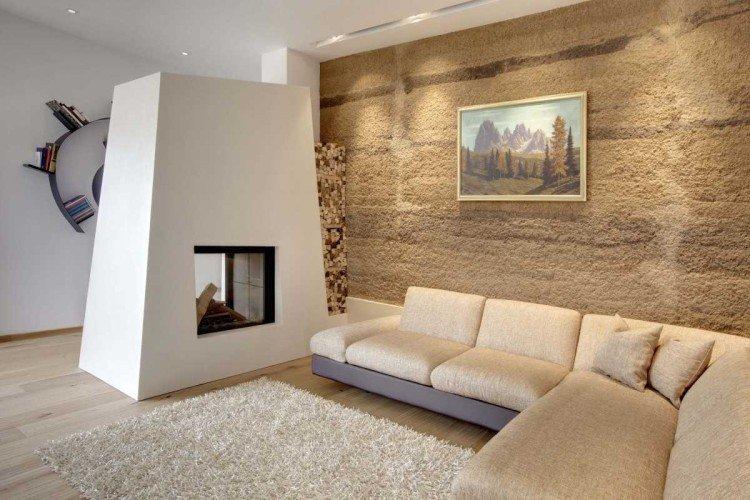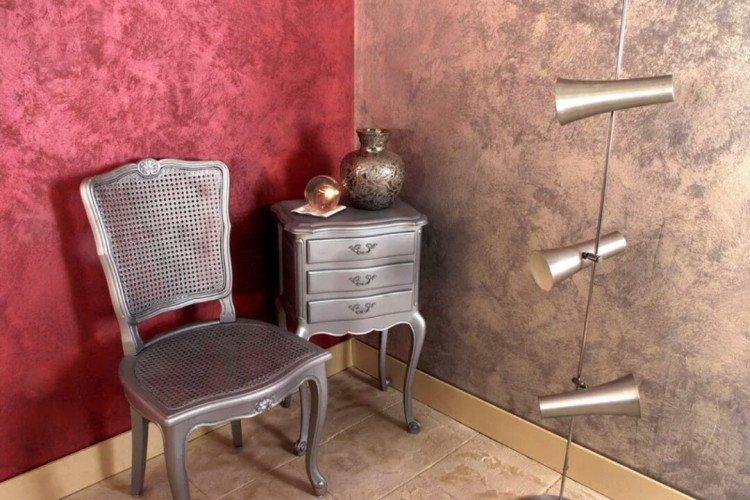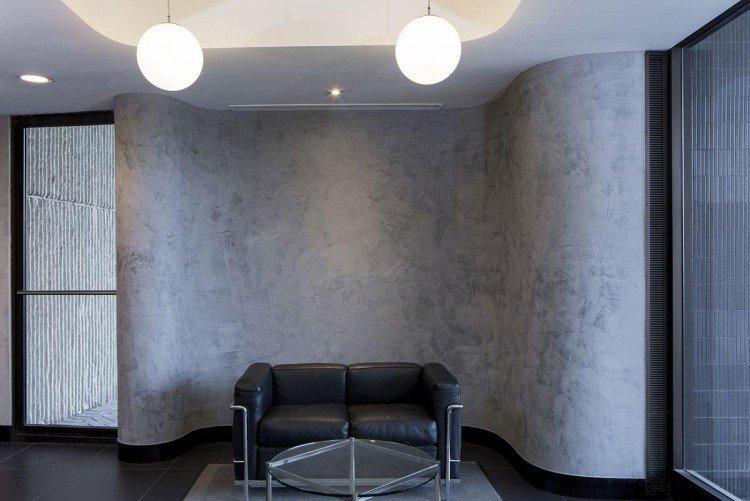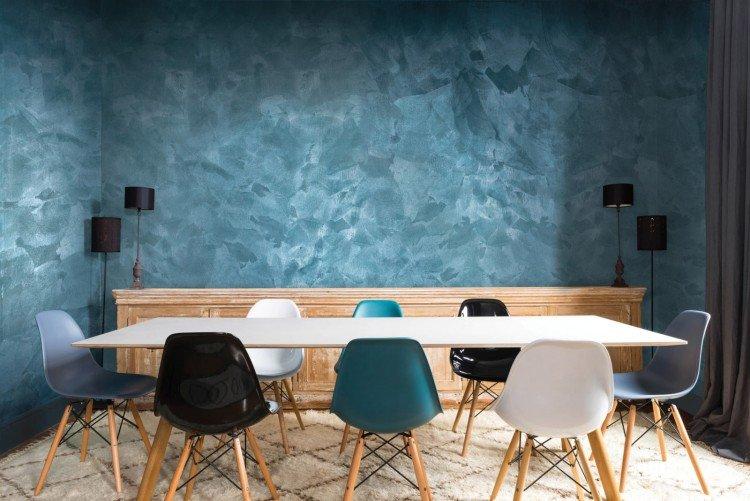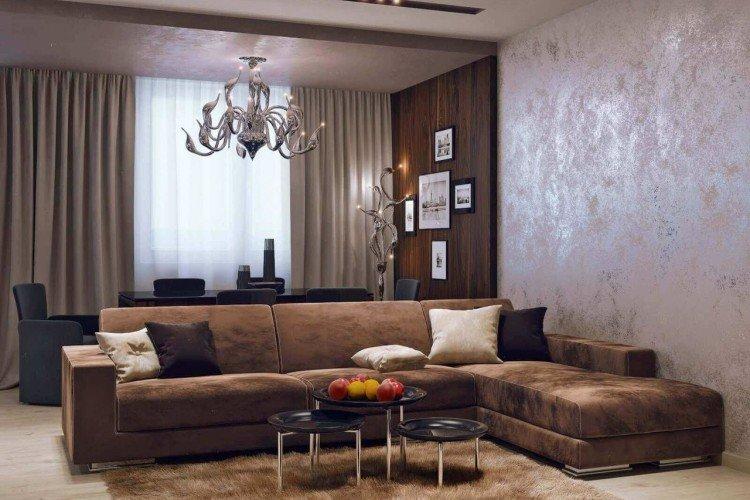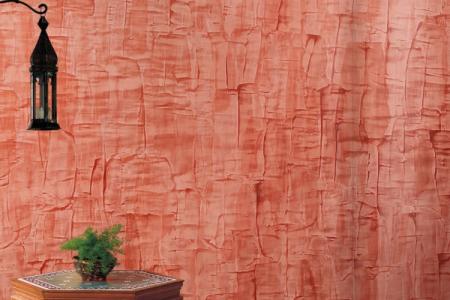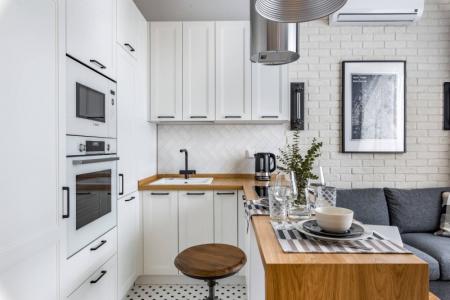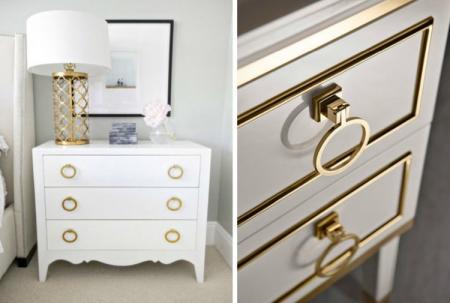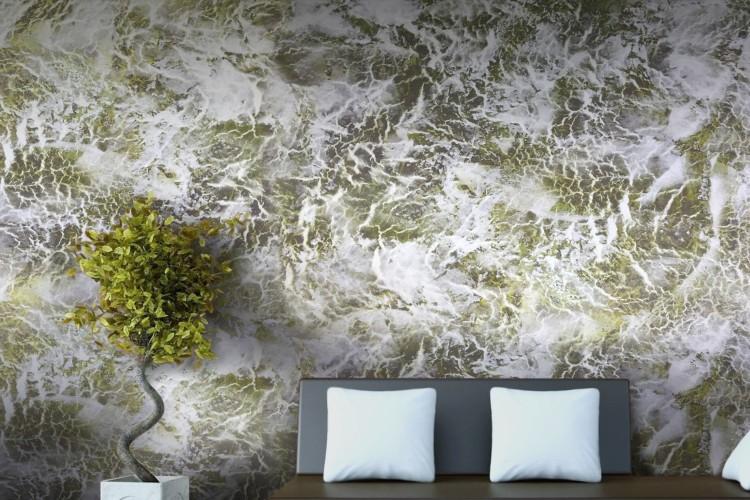
Wallpaper has long been turning into a relic of the past, because they are being replaced by much more modern and practical materials. Today we will tell you about decorative plaster, its types, composition and how to apply textured material. Your walls will be smooth, embossed and certainly unique!
Features and advantages of the material
The difference between ordinary and decorative plaster is in the presence of additional impurities. Due to this, its surface is not smooth, but textured, and even with different patterns. It can even imitate other materials - stone, concrete, wood, fabric or suede.
Unlike wallpaper and painting, decorative plaster does not need to be flawlessly leveling the walls. She just hides minor flaws and defects. There is no more convenient material for arches, cornices, niches and other complex shapes.
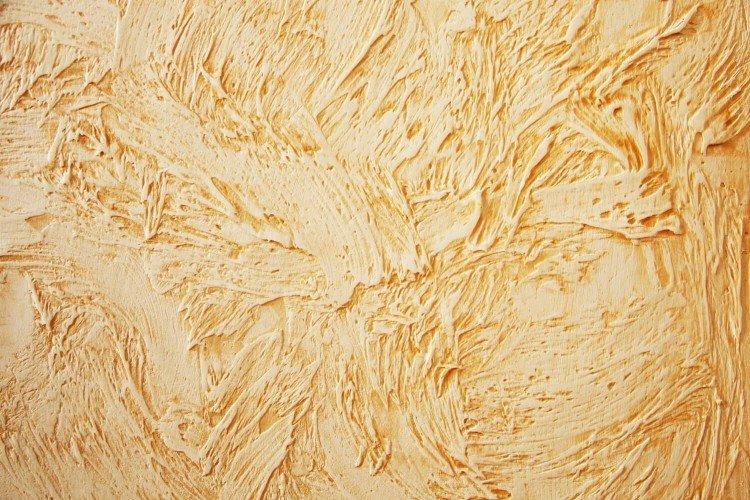
The pattern of decorative plaster is always different, even if you work with the same mixture and tools. After drying, there are no joints or seams left, so the surface looks very neat. You can add pigments to the composition and tint it in any shade.
Preparation of walls before applying decorative plaster is minimal. The material itself is environmentally friendly, safe, does not emit harmful substances, does not absorb odors and does not change color. There are different series for indoor and outdoor use, to protect against moisture, fungus or aggressive environments.
There are almost no drawbacks to decorative plaster. The main thing is to choose the right composition for a specific room and follow the application technique. The result is a unique finish that no one else has.
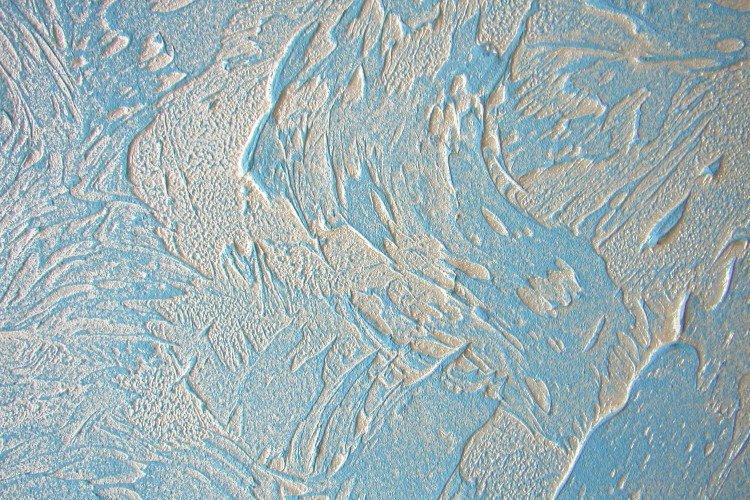
Types of plaster by composition
Technically, all types are similar: water base, filler and binders. But then the nuances begin, because some compositions are better suited for wet rooms, others for facades, and still others for living rooms.
Acrylic decorative plaster
This synthetic material based on acrylic resin is prized for its ability to repel moisture. Acrylic plaster is used in bathrooms and toilets. It has good adhesion, hiding power and elasticity, and before use, the ready-made mixture from the can is simply mixed. But it can burn, so do not combine acrylic plaster with flammable insulation or use it near fire sources.

Mineral decorative plaster
The mineral mix is inexpensive and very durable, so it is still one of the most popular. It is best applied to mineral substrates with a quartz primer.
The finished coating can be painted over or you can choose collections with interesting additives, such as glitter or marble chips. In stores, you will find this plaster in the form of a dry cement mixture, which is diluted with water before use.
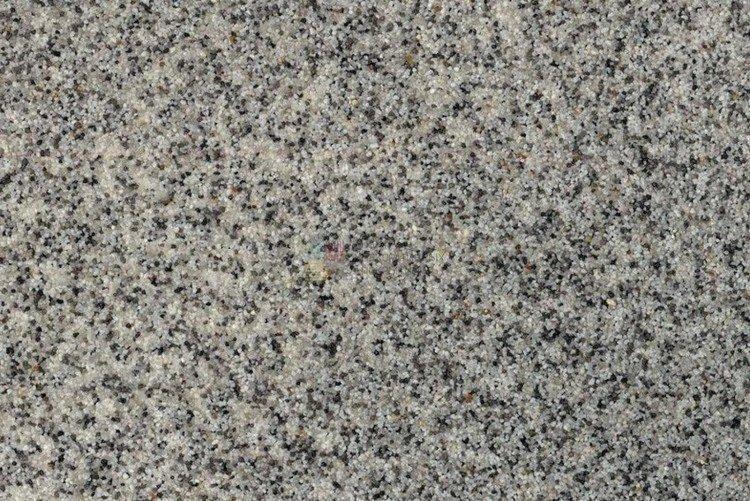
Silicate decorative plaster
Silicate compounds are almost never used indoors. They have potash glass, which is not very safe in closed rooms. Silicate plaster comes ready-made, sets quickly and is not easy to apply. But it is good for outdoor work.
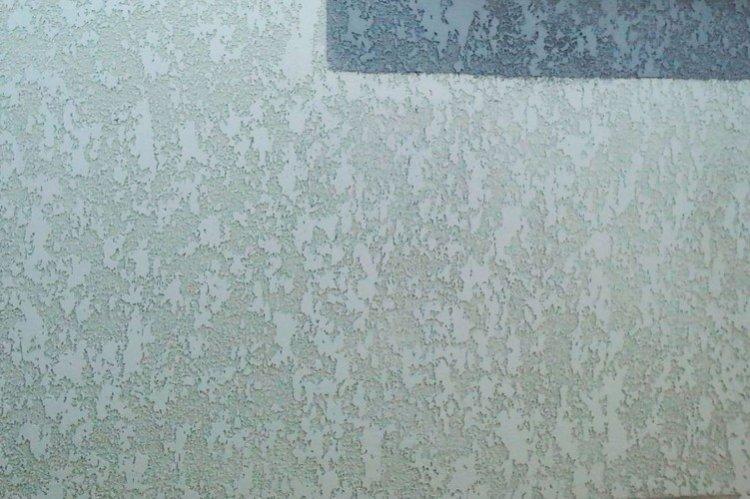
Silicone decorative plaster
The silicone series are unambiguously considered the most modern. It is flexible, durable, vapor permeable and highly adherent to all substrates.
Silicone plaster is often sold already tinted so that you can apply the coating right away and create interesting color transitions. But it costs more, and you need to buy a special silicone primer for it.

Types of material by texture
Decorative plasters differ not only in composition, but also in the type of coating. The relief after finishing is expressed in different ways.
Textured
Textured plaster has a viscous structure and a coarse fraction, so that it can mask large defects and irregularities in the walls. Used stone chips, pebbles, wood, mica and similar materials.
Almost no surface preparation is required before application, and the finished coating is very tough, hard and waterproof. Textured plaster is equally good for indoor and outdoor use. This category includes a fur coat, bark beetle and other subspecies, the relief of which appears immediately.

Structural
Structural plaster has a finer composition and can be applied in a thin layer. Most often, it has a silicate or acrylic base with marble and quartz chips. Different collections differ in the grain size and texture of the coating.
Structural plaster can be applied to mineral substrates, chipboard and drywall. It is not afraid of moisture, breathes well and dries quickly with little or no odor. The finished wall is easy to clean and can even be washed.

Venetian
Venetian decorative plaster is the most uniform of all. The texture is created by fine marble chips and slaked lime. It is known that a similar material was used by the ancient Romans, when they mixed stone dust into the finishing mixtures.
Externally, the coating is difficult to distinguish from natural marble or onyx, but it is difficult to apply. Fine and light strokes needed and up to six coats per wall, each to be dried. Venetian plaster is quite expensive, but it perfectly complements classic interiors.
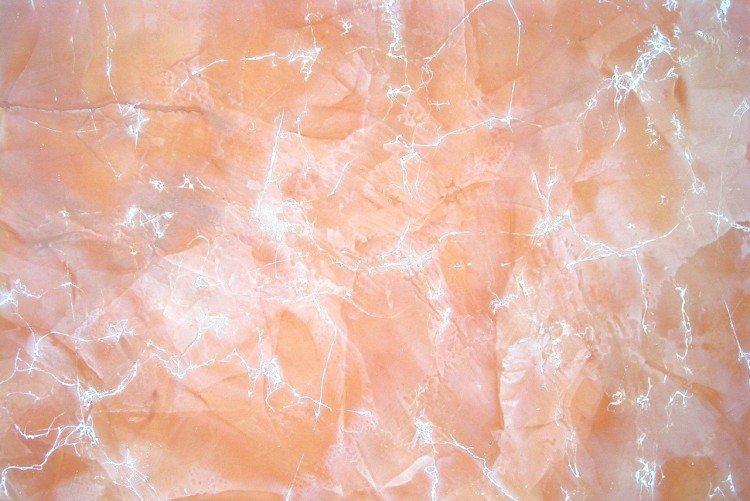
How to apply decorative plaster
Clean the base from any decorative coatings, paint, anything that may peel off. Get rid of greasy and dirty spots, construction dust and fine fibers. Fill cracks, potholes and other defects with ordinary putty and sealant, and dry.
Be sure to apply a primer that matches your type of plaster. It improves the adhesion of the finish to the wall so that the plaster does not fall off in pieces in the future. Use primers with beneficial additives such as fungicides or antiseptics.

If you have a thin-layer and fine-dispersed mixture, it is better to apply a leveling layer first. This is a customary starter putty with a coarse filler like sand. Vary the number of layers according to the situation, but be sure to dry everything and top it again with a primer.
Decorative plaster is applied with a spatula with wide strokes, directly or in an arc. You can create a texture with a trowel, pressing it against the wet mortar and sharply pulling it back. It is even easier to take a roller on which the desired pattern has already been applied. To give a relief, various materials at hand are suitable - a sponge, film, fabric, brushes, everything is used.

Decorative plaster in the interior - photos and ideas
It is difficult to come up with a situation, room or style for which you will not be able to find a suitable collection of decorative plaster.
